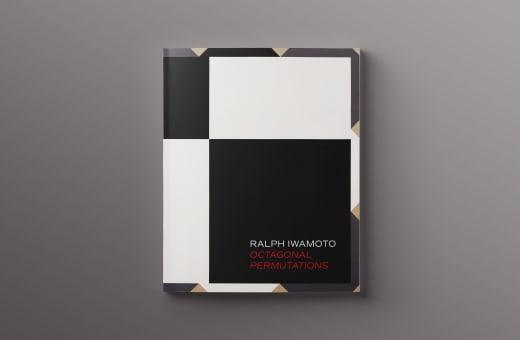News

YUAG acquires a piece by contemporary artist Audrey Flack Annie Radillo for Yale Daily News
As the Yale University Art Gallery prepares to reopen to the public next week, curator Keely Orgeman and others in the contemporary art galleries are working on the display of a newly-acquired painting by contemporary artist Audrey Flack. The work, called “Time to Save” is a modern take on 17th-century Dutch “vanitas” still-life paintings and an important piece of late 20th-century Photorealism.
The work’s purchase passed the Gallery’s review process last October, and has since entered the collection. Orgeman, who is Seymour H. Knox, Jr., associate Curator of Modern and Contemporary Art, said that though the work will not be on view when the YUAG reopens by appointment beginning May 14, it will soon be installed in the permanent-collection galleries of contemporary art. The installation will be complete by September 2021 to coincide with the opening of the exhibition “On the Basis of Art: 150 Years of Women at Yale,” which will feature two paper works by Flack.
“Flack created ‘Time to Save’ during the height of her Photorealist period,” Orgeman said. “It ruminates on the beginning of her exploration into the history of the ‘vanitas’ genre while also marking an end, being probably the last work she made on this subject. In my view, Flack remains among the most important artists associated not only with Photorealism of the 1970s but with any significant Western movement in the late twentieth century.”
Orgeman said she first had the idea to acquire more of Flack’s work a few years ago when she and her colleague, Lisa Hodermarsky — YUAG’s Sutphin Family Curator of Prints and Drawing — began preparing for the exhibition, “On the Basis of Art.” Orgeman, Hodermarsky and the rest of their team had selected two prints by Flack — “Lady Madonna” and “The Ecstasy of Saint Theresa” — for the exhibition, and so the artist was very much on Orgeman’s mind.
Since the YUAG’s Chief Curator Larry Kanter was also an admirer of Flack, Orgeman and Hodermarsky began to discuss their shared interest in Flack’s work with Kanter.
As Orgeman and Kanter began looking into works by Flack available for purchase, a piece for sale at Gary Snyder Fine Art in New York caught her eye. The piece, “Time to Save” had previously been on loan to the Gallery for an exhibition in 2014, called “Still Life: 1970s Photorealism.”
“I vividly recalled having seen it at the Gallery because, for me, it was one of the stars of the exhibition,” Orgeman said. Orgeman soon proposed “Time to Save” for acquisition, and the gallery purchased the piece.
“Keely and I reviewed all of the paintings we knew might be on the market, including several in Audrey’s own collection, and when we learned that ‘Time to Save’ might be available we pounced on it,” Kanter said.
Orgeman feels Photorealism and its legacy are indispensable to the narratives of contemporary art. She said that Flack was one of the founding practitioners of the movement in the early 1970s. Unlike other Photorealists, such as Chuck Close, Richard Estes and Duane Hanson, who focused on portraits and scenes of city and suburban life, Flack chose still life as her signature genre.
Because “Time to Save” mimics the objects, setting and compositional format of historical vanitas paintings, Orgeman said its resonance extends across the museum’s collecting areas. Direct historical comparisons to the painting can be found in the YUAG’s 17th-century still life paintings displayed in the galleries of European art. This includes a vanitas painting by the Dutch painter Jacques de Gheyn II and “Vases of Flowers on a Table” by Italian artist Orsola Maddalena Caccia.
Unlike traditional Vanitas painters, Flack used a variety of modern techniques. Orgeman said that Flack’s process involved setting up still life objects in her studio and photographing the arrangement. Flack then projected one of these pictures on her canvas, upon which she used stencils to copy the projected image with acrylic paints. Flack enhanced certain details, such as the reflection of light across the depicted surfaces, by adding touches of oil paint.
These wide-ranging connections between historical and contemporary art mean that “Time to Save” will also be a “remarkably flexible” work for educational purposes, according to Orgeman. She added that a similar photorealistic ethos can be seen in the art of younger generations as well.
The YUAG holds nearly 300,000 objects in its collections.








